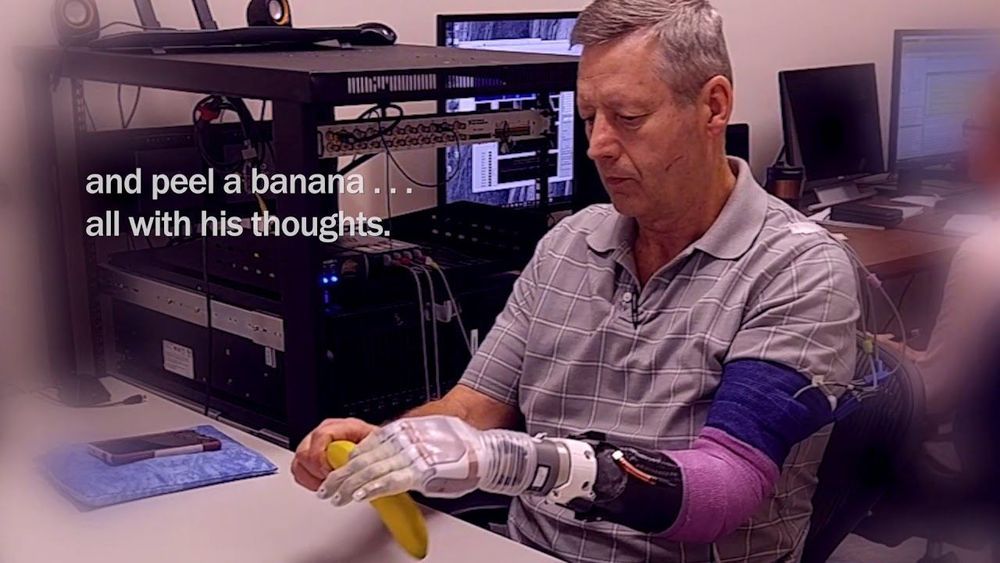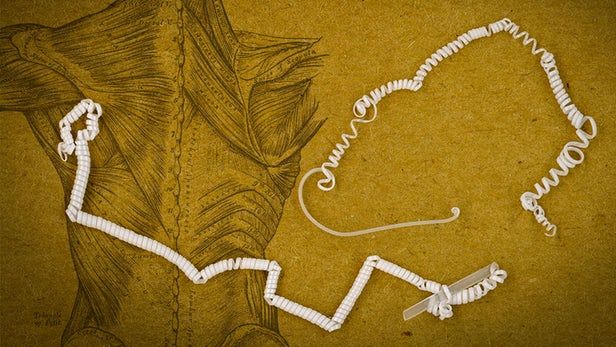Jul 27, 2019
Brain-controlled prosthetic hand to become reality
Posted by Paul Battista in categories: biotech/medical, cyborgs, robotics/AI
Imagine a patient controlling the movement of his or her prosthetic limb simply by thinking of commands. It may sound like science fiction but will soon become reality thanks to the EU-funded DeTOP project. A consortium of engineers, neuroscientists and clinicians has made great strides in further developing the technology behind more natural and functional prostheses.
The team uses an osseointegrated human-machine gateway (OHMG) to develop a physical link between a person and a robotic prosthesis. A patient in Sweden was the first recipient of titanium implants with the OHMG system. The OHMG is directly fitted to bones in the user’s arms, from which electrodes to nerves and muscle extract signals to control a robotic hand and provide tactile sensations. According to a news item by “News Medical,” the patient will begin using a training prosthesis in the next few months before being fitted with the new artificial hand developed by DeTOP partners. This will help the team evaluate the entire system, including the implanted interface, electronics, as well as wrist and hand functions. Motor coordination and grip strength will also be assessed during the tests.


















